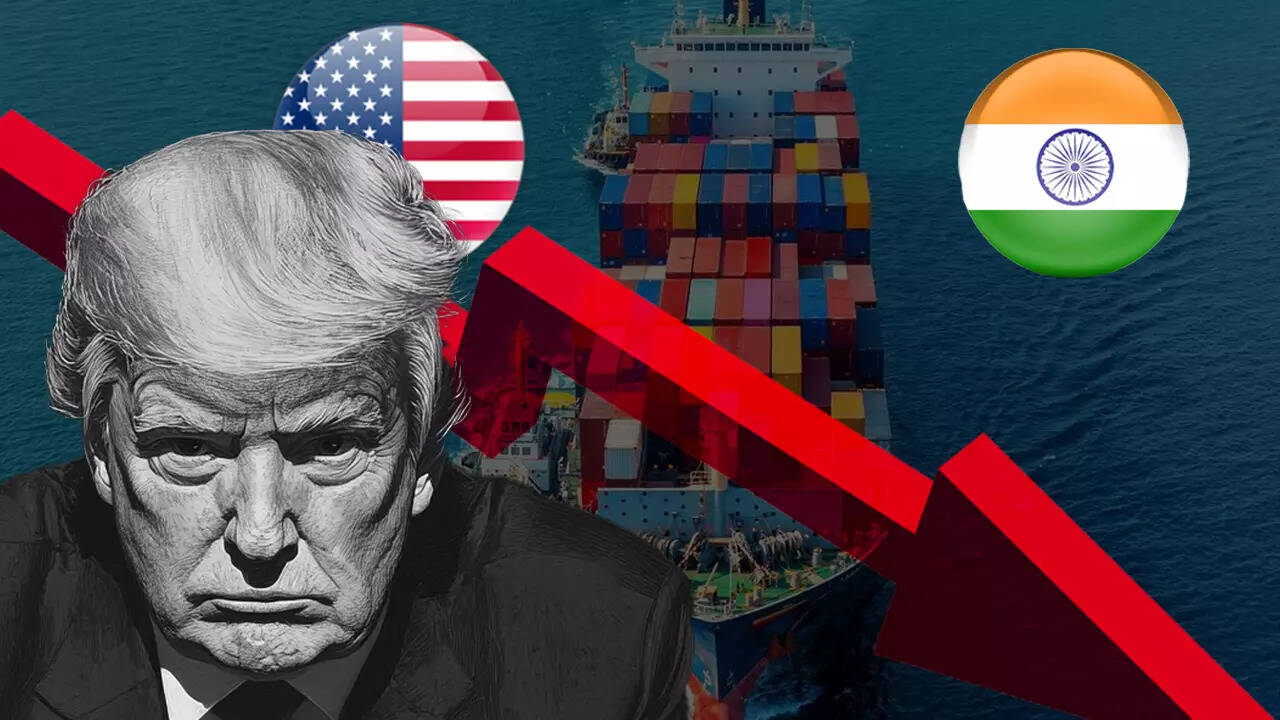development as a strategic response to evolving trade dynamics. These changes are expected to have a direct impact on
India’s semiconductor supply chain, which is currently in a phase of accelerated development.
As U.S. tariffs reconfigure global supply flows, companies are re-evaluating their manufacturing, sourcing, and investment strategies. This has prompted a renewed focus on AI-driven technologies, which are seen as the next frontier for value creation and competitive advantage.
1. Tariffs Reshape the Semiconductor Landscape
With the implementation of President Trump’s “Liberation Day” tariffs from April 5, 2025, baseline duties of 10% on most imports—alongside steeper tariffs for nations like India (26%) and China (54%)—have disrupted global trade routes. For chipmakers, this has led to:
- Increased production costs for components and raw materials
- Uncertainty in supply chain continuity
- Pressure to relocate manufacturing hubs and find new markets
These challenges are pushing leading semiconductor firms to rethink their product focus and market positioning, with AI chipsets emerging as a major area of investment.
2. AI Chipsets: The Next Growth Avenue
In response to tariff-induced disruption, companies like Qualcomm and MediaTek are shifting gears toward AI chipset development. This strategy is driven by several factors:
- Surging Demand for Edge AI: Devices like smartphones, wearables, and autonomous vehicles are demanding more on-device intelligence.
- Cloud-to-Edge Transition: AI processing is moving from the cloud to the edge, creating opportunities for customized, low-latency chipsets.
- Resilience through Innovation: AI chipsets represent a higher-margin product line with long-term market potential and reduced dependency on traditional manufacturing geographies.
These developments are likely to reshape semiconductor trade dynamics, with new players and markets—including India—emerging as crucial nodes in the ecosystem.
3. Implications for India’s Semiconductor Supply Chain
India, which has recently launched multiple initiatives to boost domestic semiconductor manufacturing—including the Semicon India Program—stands at a pivotal juncture:
- Increased Relevance: With global players looking to diversify supply chains, India is becoming an attractive manufacturing and assembly hub.
- Tech Transfer Potential: Collaborations on AI chipsets can bring R&D investment and talent development to India.
- Infrastructure & Policy Support: Recent announcements of fab facilities and government incentives are creating fertile ground for chip innovation and localization.
However, high U.S. tariffs on Indian goods could create trade bottlenecks, especially in exports of India-assembled chips or components, demanding strategic negotiations and diversification of markets.
4. Global Supply Chain Recalibration
As companies navigate trade complexities, the global supply chain is being recalibrated for resilience and flexibility:
- Shifting Manufacturing to Southeast Asia & India: To offset risks tied to China and U.S. tariffs.
- Building Regional Value Chains: Reducing dependency on transcontinental shipping routes.
- AI-Driven Optimization: Leveraging data and AI for predictive supply chain planning, cost reduction, and demand forecasting.
India’s role in these recalibrations could expand if it continues to focus on policy stability, infrastructure upgrades, and industry partnerships.
5. What This Means for Supply Chain Leaders
For supply chain professionals, especially in India, this moment represents a unique blend of challenge and opportunity:
- Prepare for price fluctuations and component availability risks driven by global trade tensions.
- Invest in supply chain visibility tools and multi-sourcing strategies.
- Collaborate with chipmakers and OEMs on localization initiatives.
- Explore opportunities in AI-integrated logistics systems, as chip innovation fuels new use cases across sectors.
The ongoing tariff turbulence is pushing chipmakers like Qualcomm and MediaTek to reimagine their strategies—placing AI chipsets at the heart of their innovation roadmap. For India, this global shift presents a timely opportunity to strengthen its semiconductor supply chain, become a regional manufacturing powerhouse, and build deeper technology partnerships.
By embracing innovation, infrastructure, and resilience, India can not only weather the current storm but also lead the next wave of semiconductor evolution in a post-tariff global economy.
.png)
.png)







